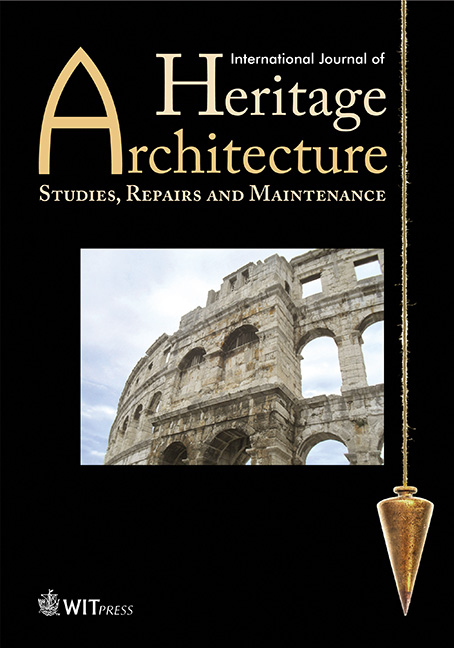REJUVENATING THE SHOPHOUSE: CONSERVATION OF HISTORICAL BUILDINGS IN PENANG’S UNESCO WORLD HERITAGE SITE
Price
Free (open access)
Volume
Volume 2 (2018), Issue 2
Pages
11
Page Range
335 - 346
Paper DOI
10.2495/HA-V2-N2-335-346
Copyright
WIT Press
Author(s)
ZAHARI ZUBIR, KOH JING HAO, NOR HAYATI HUSSAIN & PRINCE FAVIS ISIP
Abstract
Conservation of shophouses, the architectural heritage of the colonial past in Penang’s UNESCO World Heritage Site, is subjected to strict conservation regulations and guidelines imposed and enforced by the local authority. The goal of the conservation effort is to add value to the dilapidated structures in order for them to remain relevant and economically viable while maintaining the historical essence of the site. Sadly, because of erroneous conservation treatments, many have failed to achieve the intended goals. This article explores the regulations and processes involved and the challenges faced by building owners in conserving the shophouses. The significance of the study stem from the crucial need to deal with the issues involved in the conservation of heritage buildings within the rapid economic growth and transformation of Penang’s UNESCO World Heritage Site urban fabric. The study employs theoretical and analytical approaches as its methodology. This article discusses the initiatives of three building owners in conserving shophouses into boutique hotel, museum and office, each originally of different purposes. Each of them applied adaptive reuse conservation strategy, with similar intention of rehabilitating the buildings for a more viable and current usage while maintaining their historical value and character. This article will serve as a reference for the local authorities, architects, designers, conservators and the public when embarking on projects of a similar nature in the future
Keywords
adaptive reuse, conservation, Penang, shophouses, UNESCO




